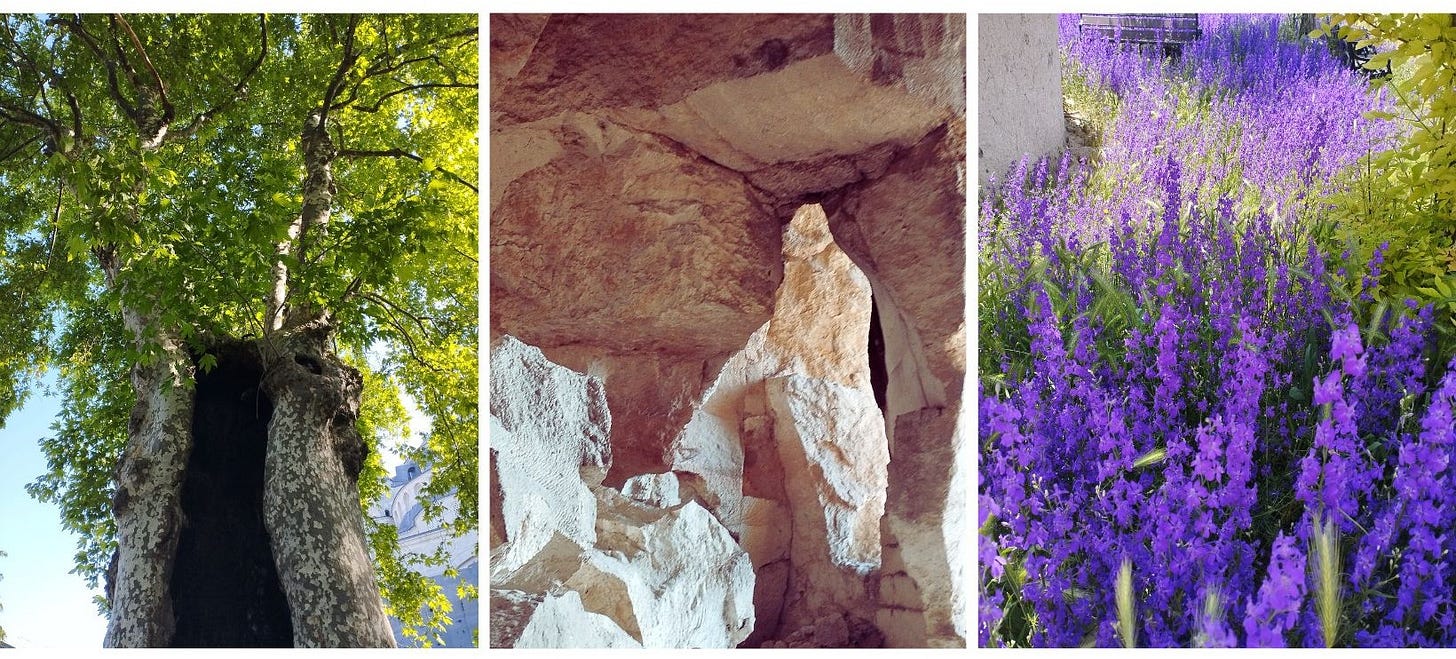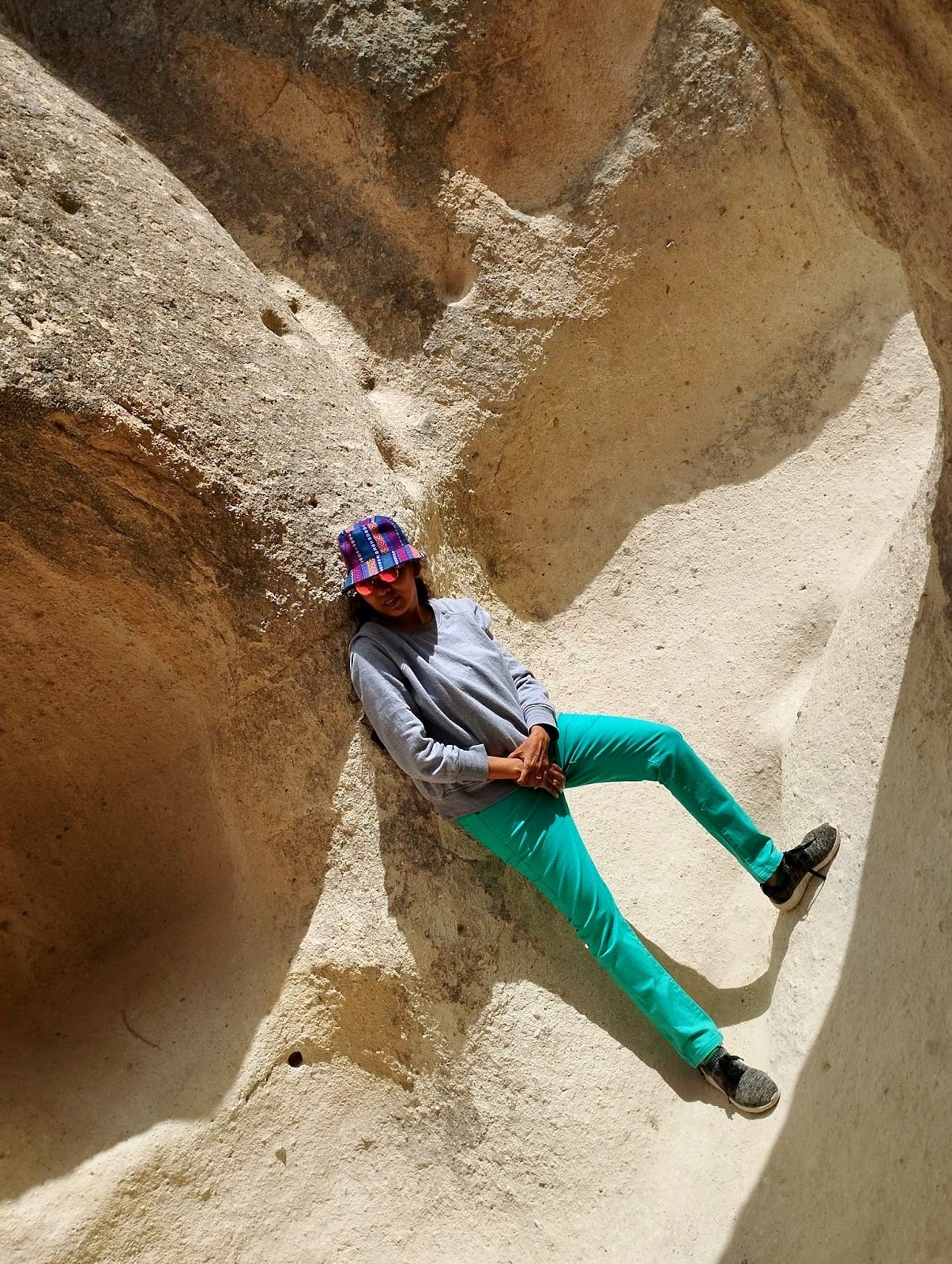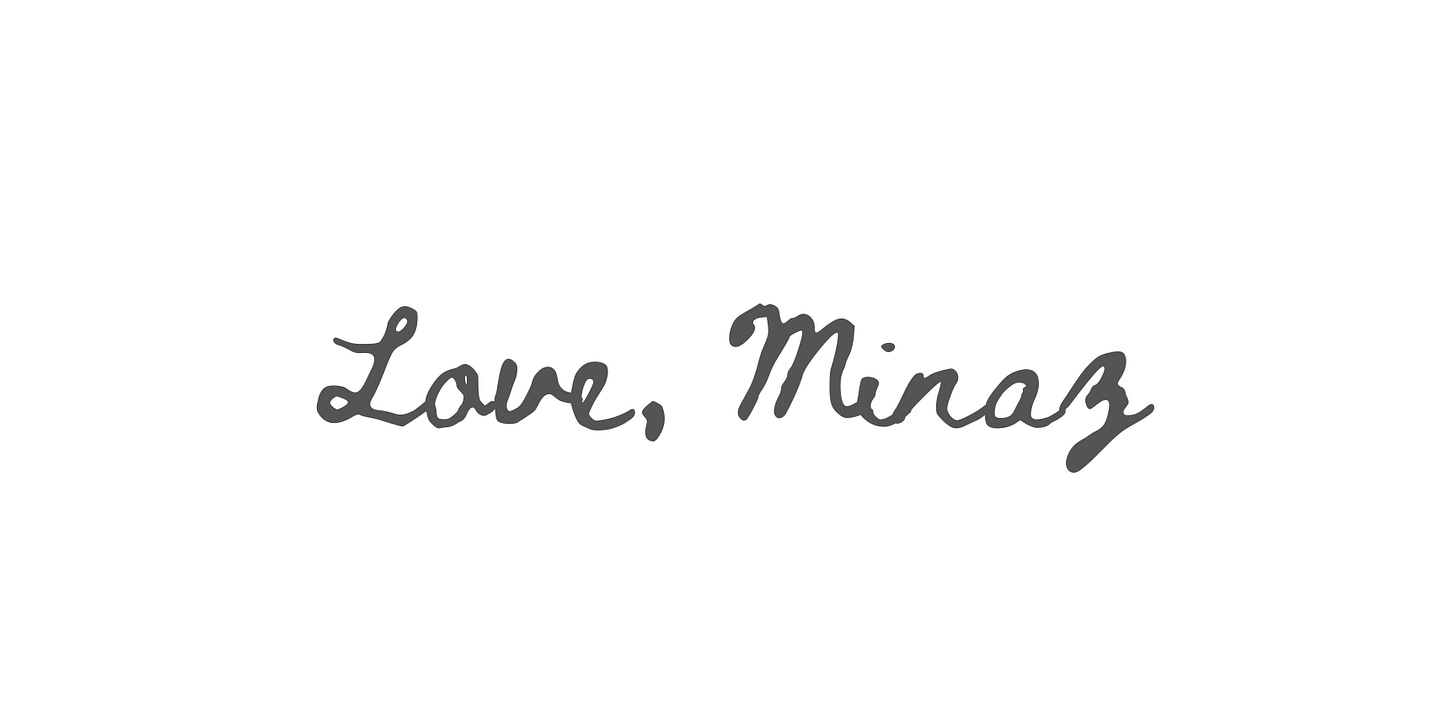The Punjab and Sindh regions of Northern India and Pakistan are known for the craft of Phulkari (flower-work in Hindi) which entails a bold, rich hand-embroidery woven in a riot of colours. Motifs in deep fuschia jostle for attention with brilliant turquoise, fiery reds, and mustard yellows, all coming together as a rich tapestry of patterns, colours and textures.
Traditionally, the indigenous knowledge of this craft has been passed on from generation to generation, as women embroidered Phulkari dupattas (stoles) as an essential part of the wedding trousseau for a bride. Gathered in the courtyards inside Punjabi homes, women from the community collectively created these pieces as they sang folk songs around the themes of marriage and maternal love and transformed plain cloth into intricately embroidered garments.
A unique twist to this craftwork is the introduction of a small patch in a colour differing from the rest. Known as a ‘nazar butti’ (nazar - evil eye, butti - motif) to ward off any evil that the bride could encounter in her marital life, the little defect was designed to catch one's eye in the otherwise flawlessly woven landscape of coloured threads.
A similar tradition, known as the ‘Persian flaw’, is observed by rug makers in Persia, where small deliberate misalignments are introduced in every piece to acknowledge the Almighty as the one and only flawless creator. This tradition is also followed by the Kashmiri carpet weavers by weaving the motif of the chinar leaf upside down as a symbolic gesture to embrace the imperfection of the human hand. And yet, sometimes, these flaws are just errors due to lack of materials or time.
Nature itself is replete with examples of imperfections. From warped branches to cracked barks, knots and burls on the tree trunks to pitted, blemished surfaces of fruits and crooked forms of vegetation, broken rock formations and gouged mountainscapes to craters on the surface of the moon, nature’s designs flaunt their imperfections with grace and acceptance. In fact, these flaws often go on to add to the unpretentious beauty of nature.
As we easily embrace and celebrate the abundant beauty in the world, forgiving flaws and accepting them as signs of protection, providence and even beauty, it may be wise to pause and spare a thought about how critical and unforgiving we often are about our own selves.
We dislike bits of ourselves - the colour of our skin, the stretch marks on our bodies, the folds in our flesh and the wrinkles surrounding our eyes. We question our quirks and unique traits that define us as distinctive individuals - our need for more than usual time to perform at work and more than usual space to connect socially. We dwell on our shortcomings, berate ourselves for our failures, and mock our moods and temperaments which are often deeply connected to our intuition.
We try to adapt ourselves to the boxes designed by society, the beauty standards set out by the fashion industry, and bury ourselves in self-doubt even at the best of times. We hide our scars and focus on our mistakes, letting them creep into our mindscapes, take over our consciousness and eventually define our persona.
Can we for a moment, rethink the cookie cutter approach to human standards and refuse to fit into a standardised world?
Can we accept who we are with all our scars and flaws rather than hiding them behind filters and products? Can we pause to ponder over the quiet lessons bestowed by the flawed aesthetic of the Phulkari dupatta or the misalignments of the beautiful Persian rugs and Kashmiri carpets? Can we take a page from nature and embrace ourselves as its imperfectly perfect creations?
Can we celebrate our vibrant colours and resplendent patterns like the multihued Phulkari art, that radiates joy despite the occasional flaw or nazar butti that we all possess?
“Turn your scars into stars.”
- Robert H Schuller
Let’s embrace ourselves with all our imperfections and celebrate the individuality and distinct beauty that these bring. Let's spread love, only love and as we do so, let's begin with ourselves.
Every post I write is a labour of love. Please support it by buying me a book.
Few other ways to spread love and help my writing reach out to a bigger audience include clicking the heart, leaving a comment, sharing my work and subscribing to the newsletter.










Hi Minaz, thank you for this weeks post and the explanation re the colours and the rugs. For me, I didn’t worry about stopping the aging process but I do hide my many scars, my husband says why worry about them, but for me they only reaffirm the pain I went through to get them.
I love your gentle voice...it gives me strength